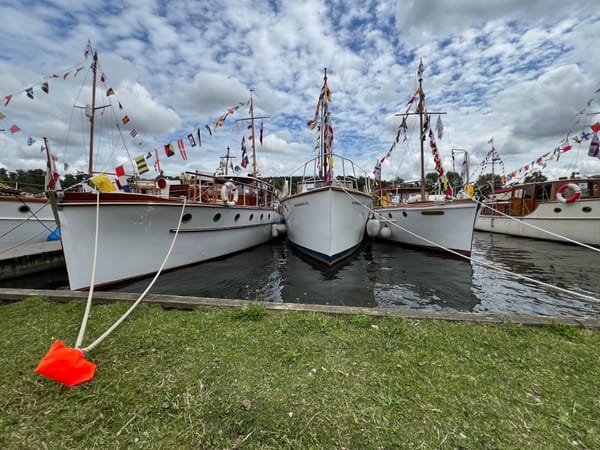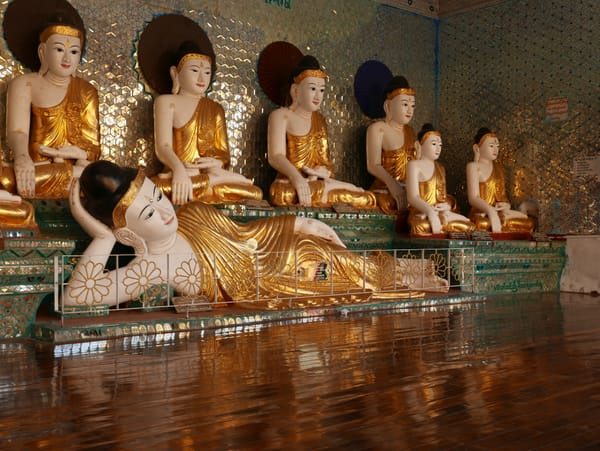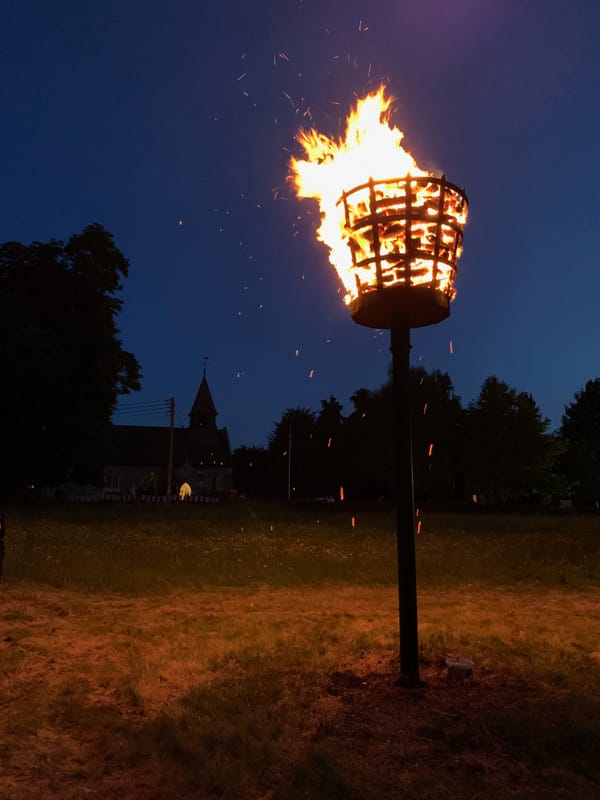Hong Kong — Man Mo Temple 文武廟, Hong Kong
A temple of literature and war
September 2015
“Man” means “Civil”, and “Mo” means “Martial”, and the Man Mo Temple in Hong Kong is dedicated to the gods King Man and Holy King Kwan.
The temple is on Hollywood Road and was built in 1847 (27th Year of Emperor Daoguang, Qing Dynasty). The temple is managed by the Tung Wah Group of Hospitals (TWGH). The hospital board members and local government officials meet yearly at the temple for the Autumn Sacrificial Rites to pay homage to the two gods and pray for Hong Kong’s prosperity.
The TWGH is the biggest charitable organisation in Hong Kong and was founded in 1870. In 1879, the “Shen Wei Pu You” plaque was presented to TWGHs by Qing Emperor Guangxi in appreciation for the donations raised to aid a severe drought in Mainland China (1876-1878).
The TWGH offer a wide range of medical, education, and community services to needy people in Hong Kong, and in 2015/2016, there were some 292 service centres throughout Hong Kong. The mission of the TWGHs is “To heal the sick and to relieve the distressed; to care for the elderly and to rehabilitate the disabled; to promote education and to nurture the youngsters; and to raise the infant and to guide the youth.”
As early as 1880, the TWGH used the surplus from managing the Man Mo Temple to start a free school and, subsequently, eight more free primary schools in Hong Kong. Now the TWGH manage twelve temples, with all the proceeds being used to subsidise the recurrent expenses of its community and education services and for the maintenance of the temples.
The Man Mo Temple 文武廟 has to be one of the smokiest temples I have ever visited, and I have never seen so much incense being burnt in one place.
The photo below shows the main entrance to the temple.
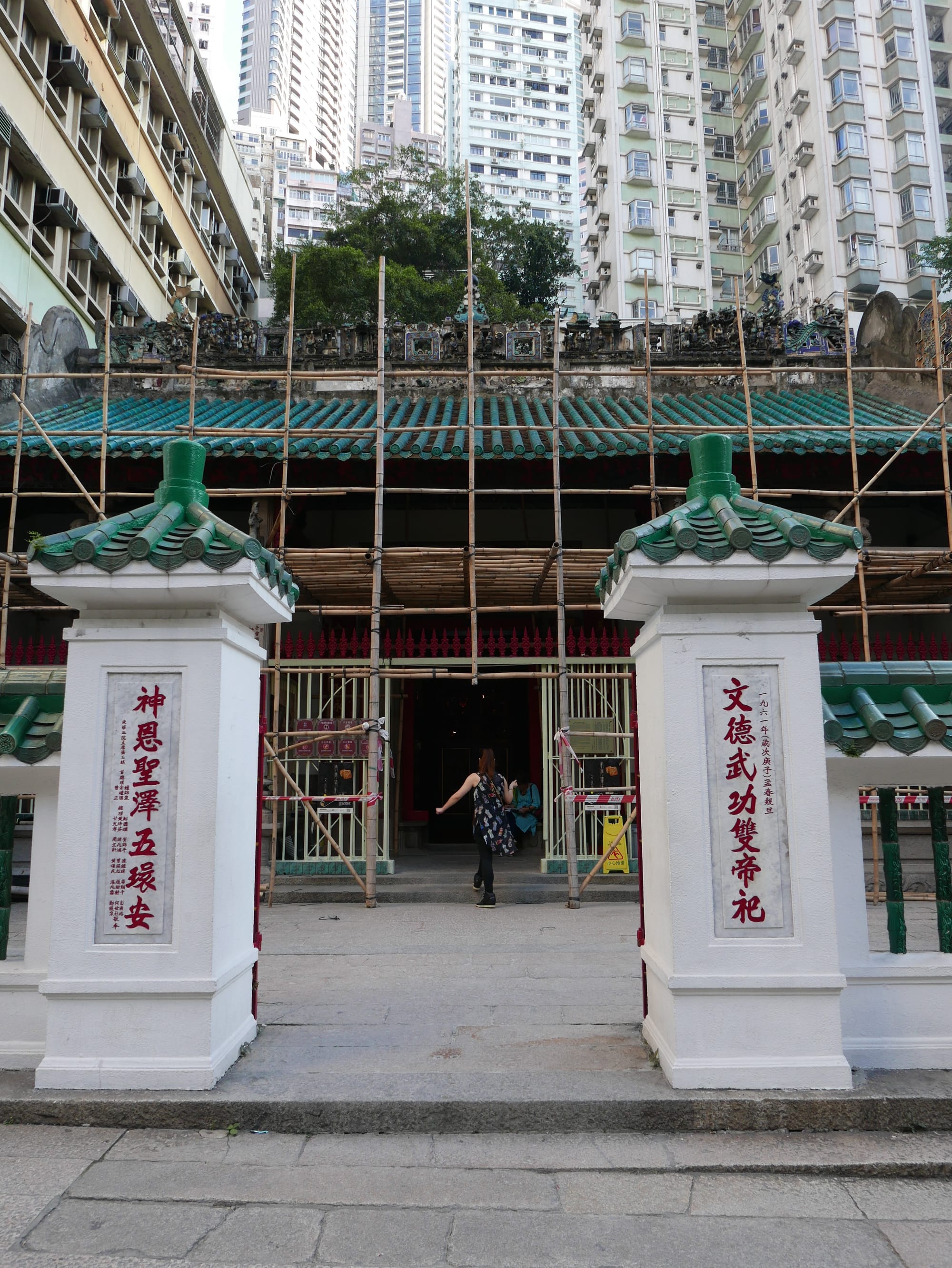
And once you are inside, it is wonderful.
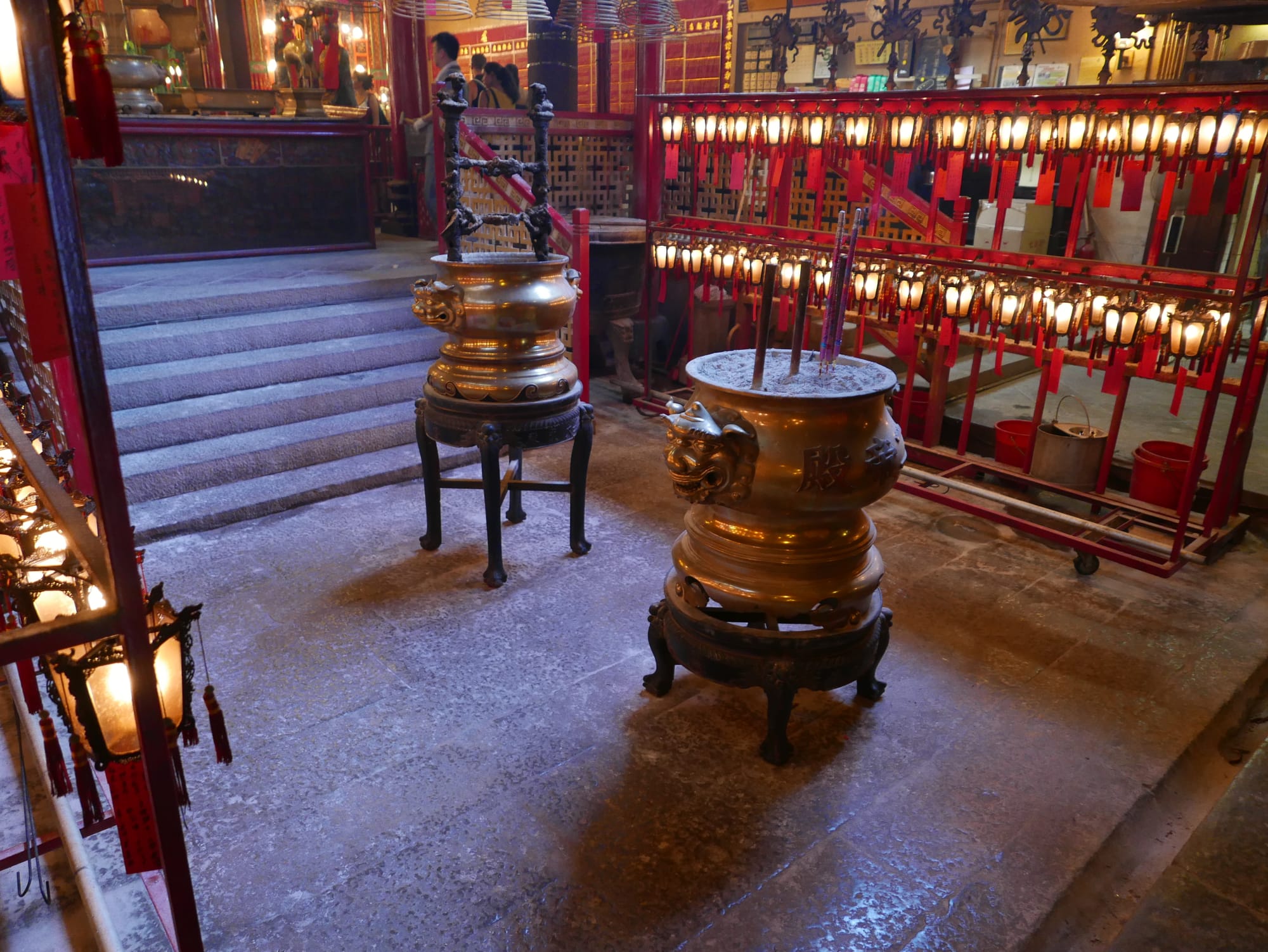
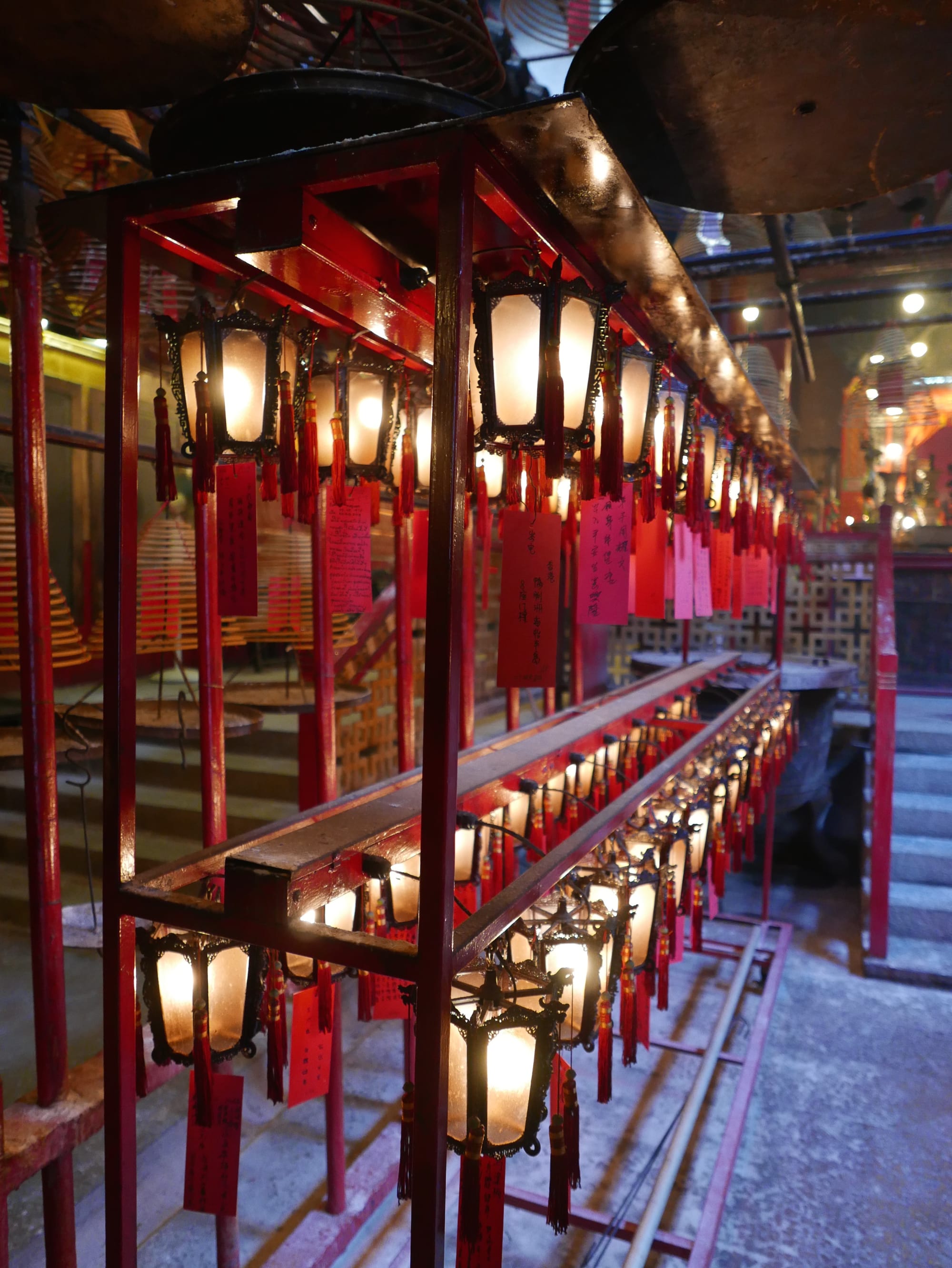
At first, I couldn’t work out why the smell of incense was so strong, and then I realised it was being burnt everywhere. The air was thick with smoke, and the walls were black with soot.
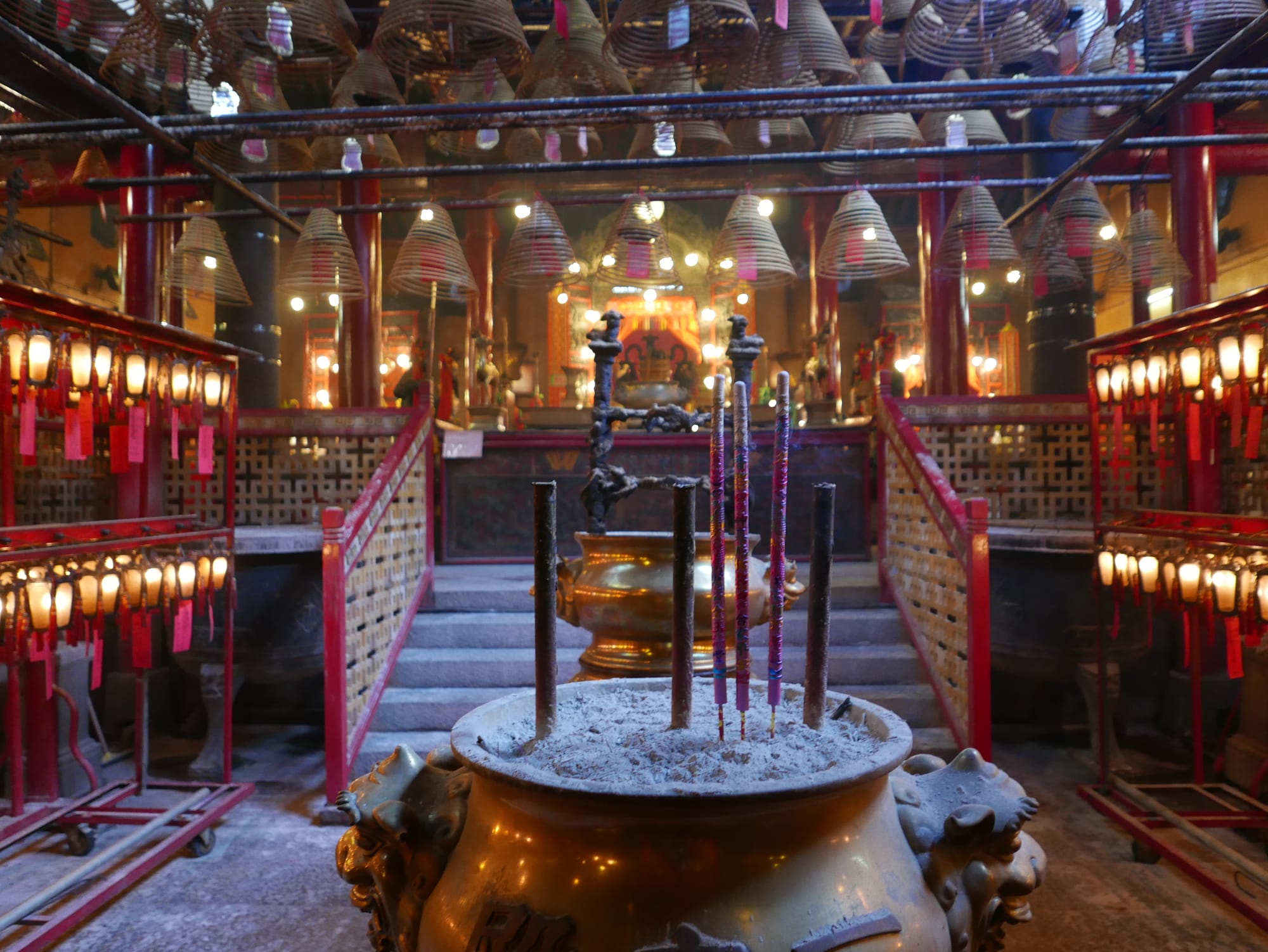
The large cone incense burners I had never seen before.
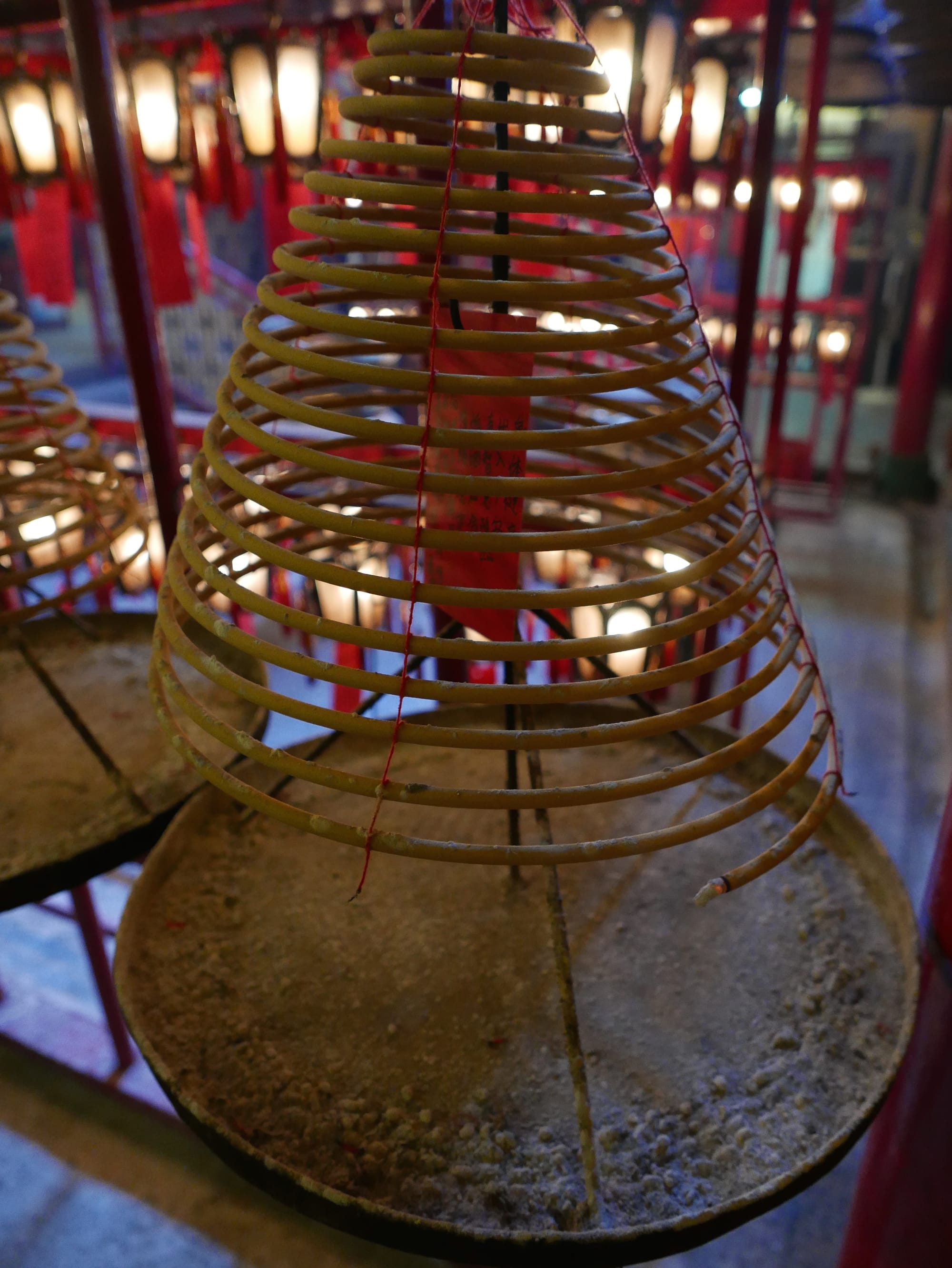
The shrines were stunning.
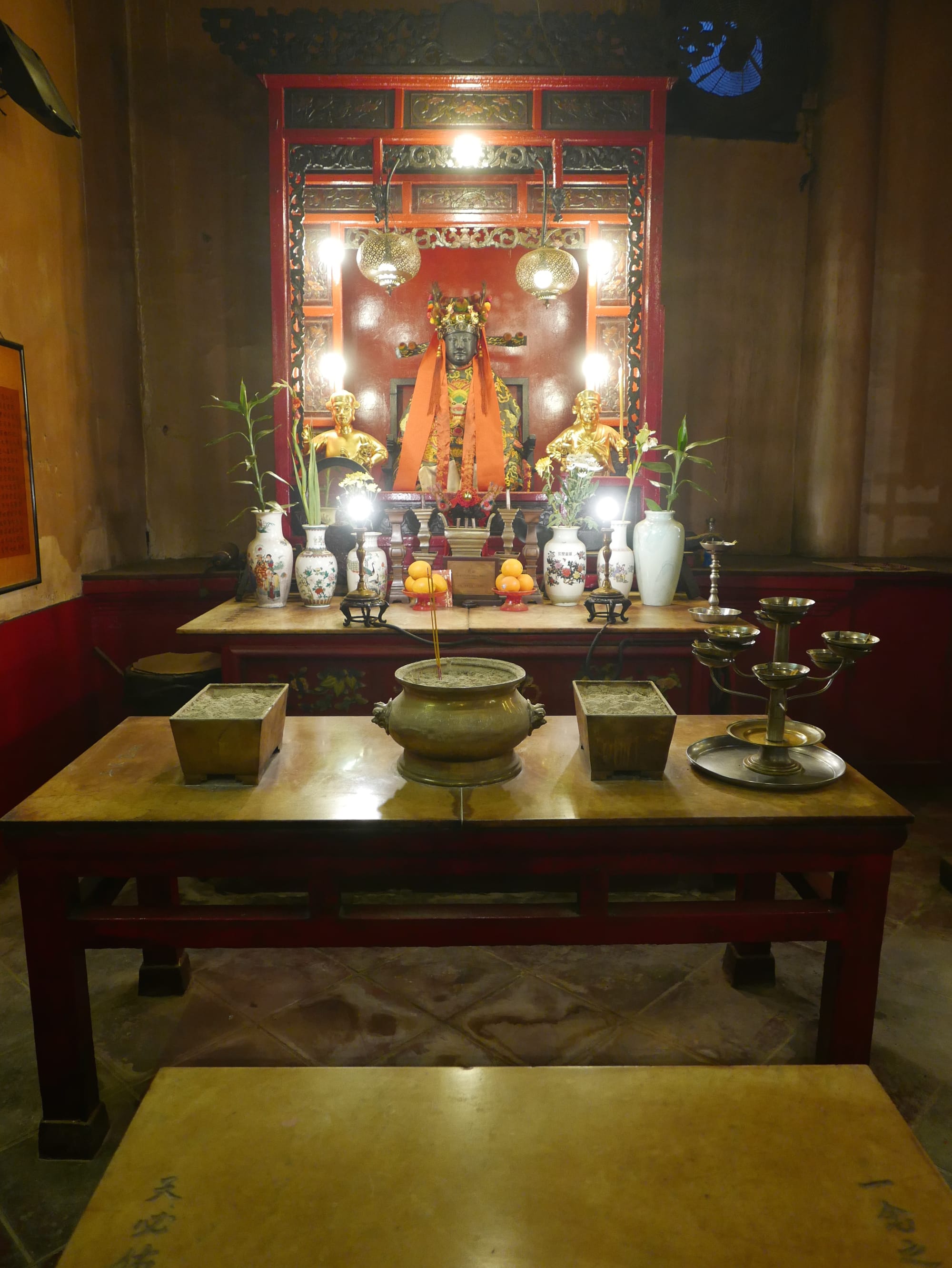
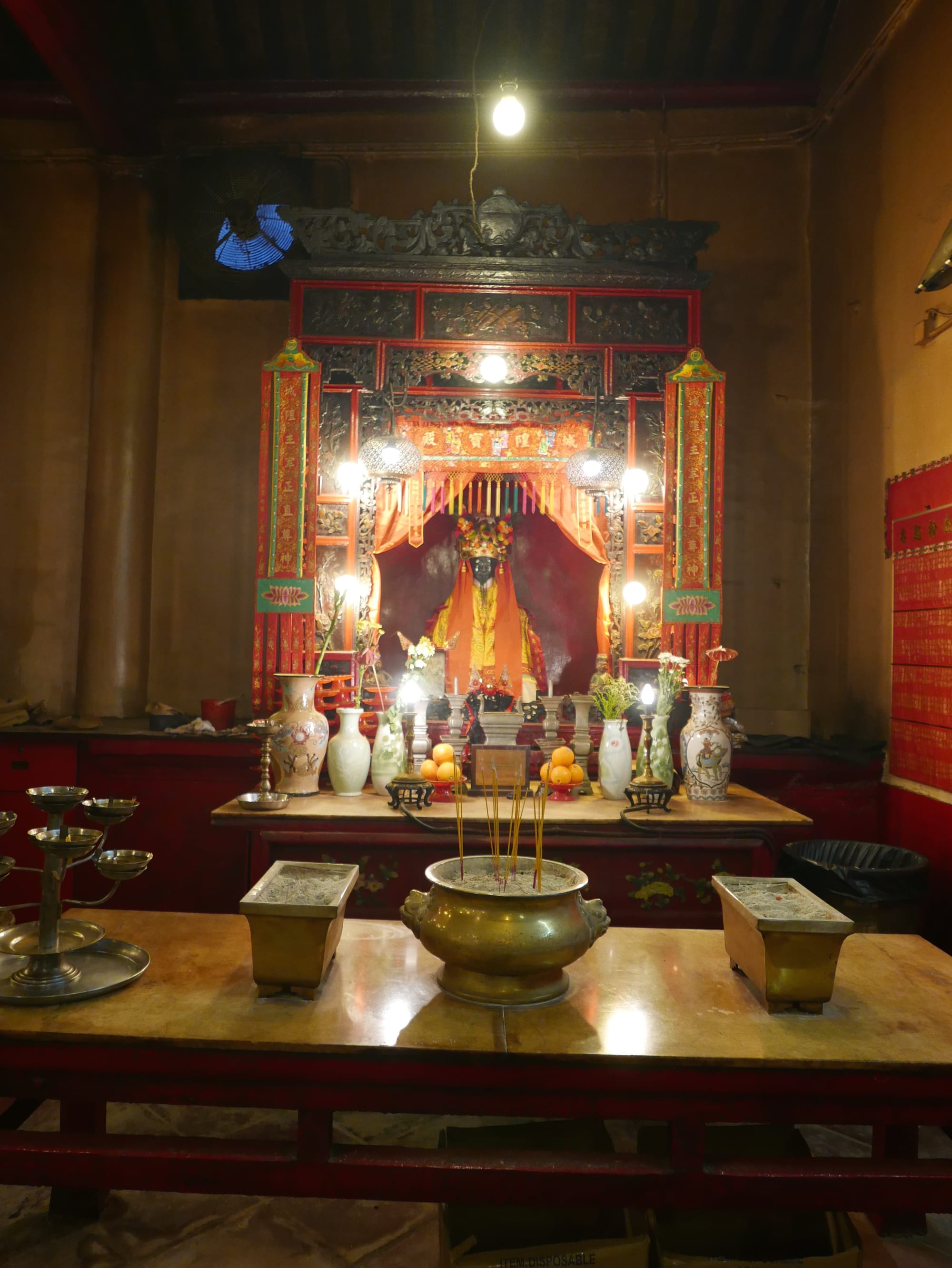
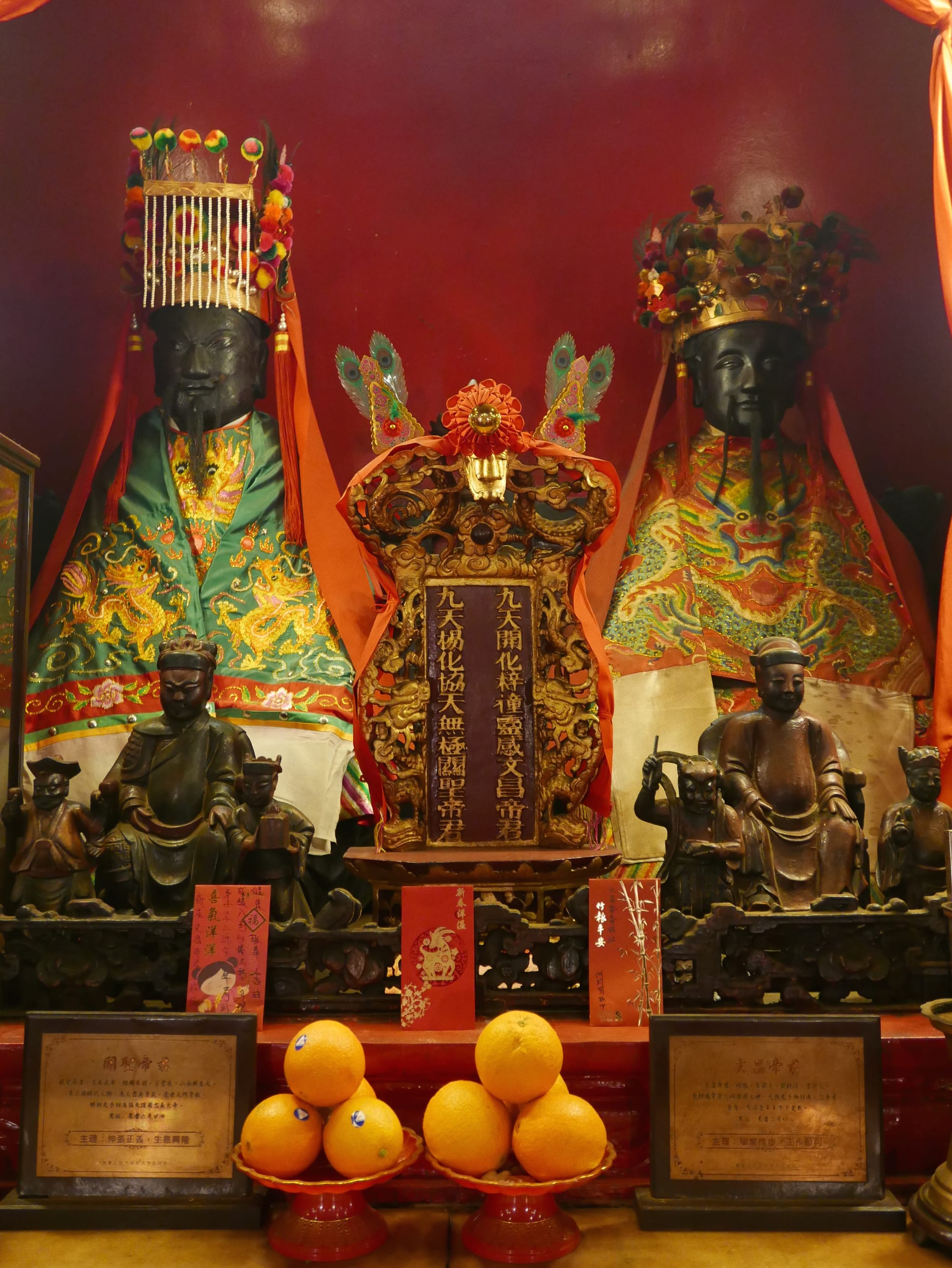
King Man and Holy King Kwan, where Man is the God of Literature, and Mo is the God of Martial Arts or War. Below is the weapon of Mo.
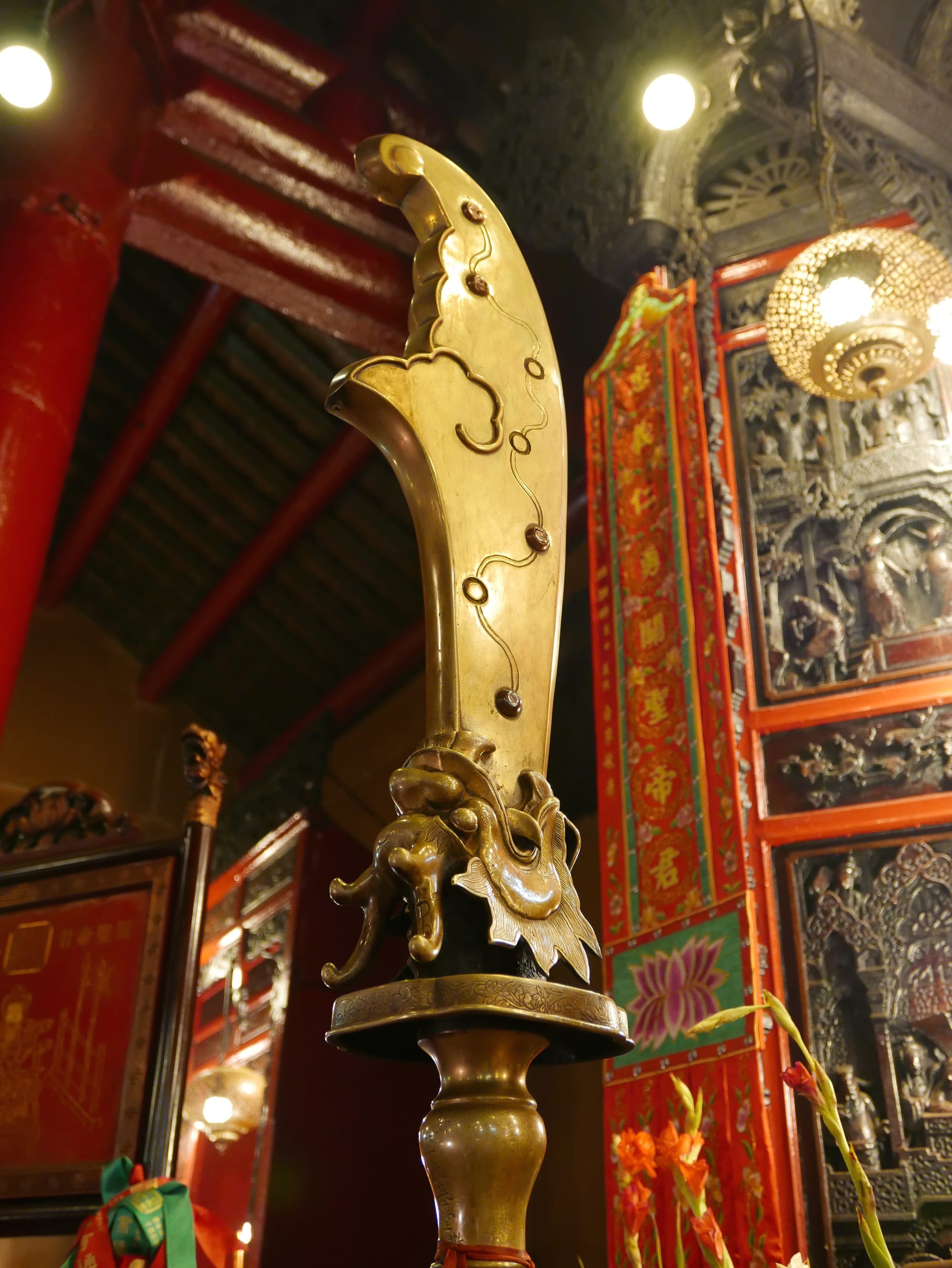
And there is also the brush of King Man, the God of Literature.
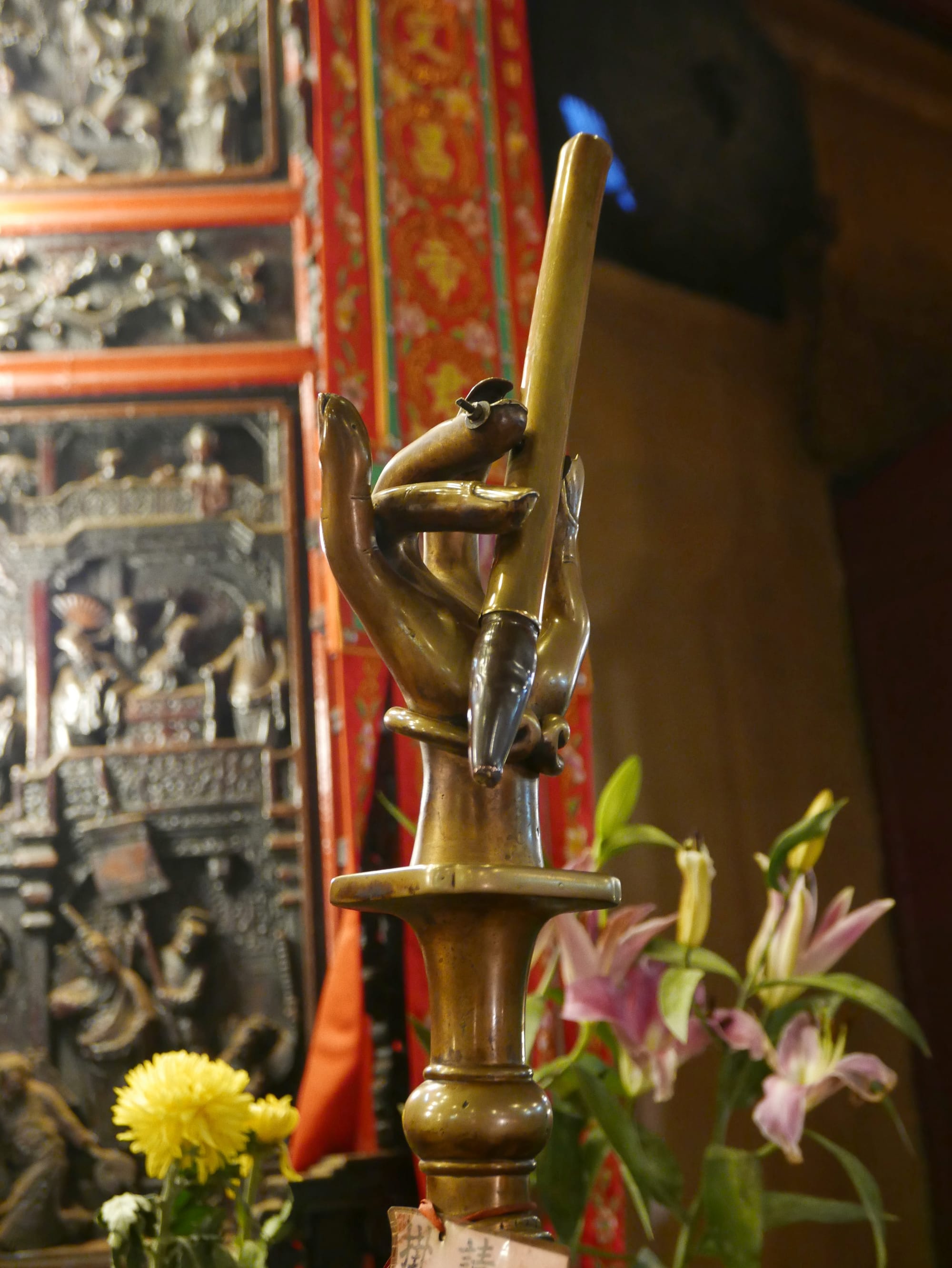
Incense cones for sale.
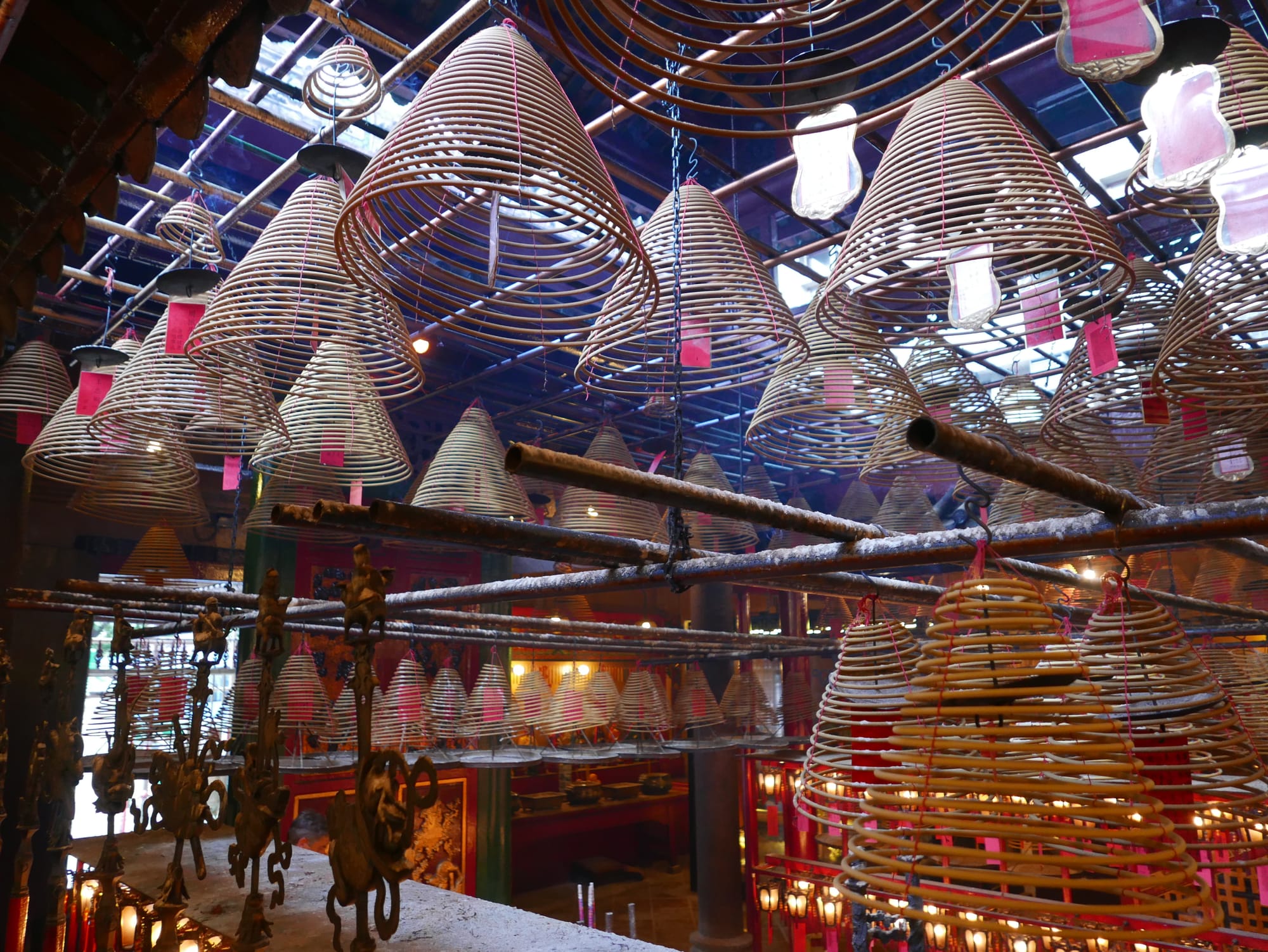
Incense cones burning.
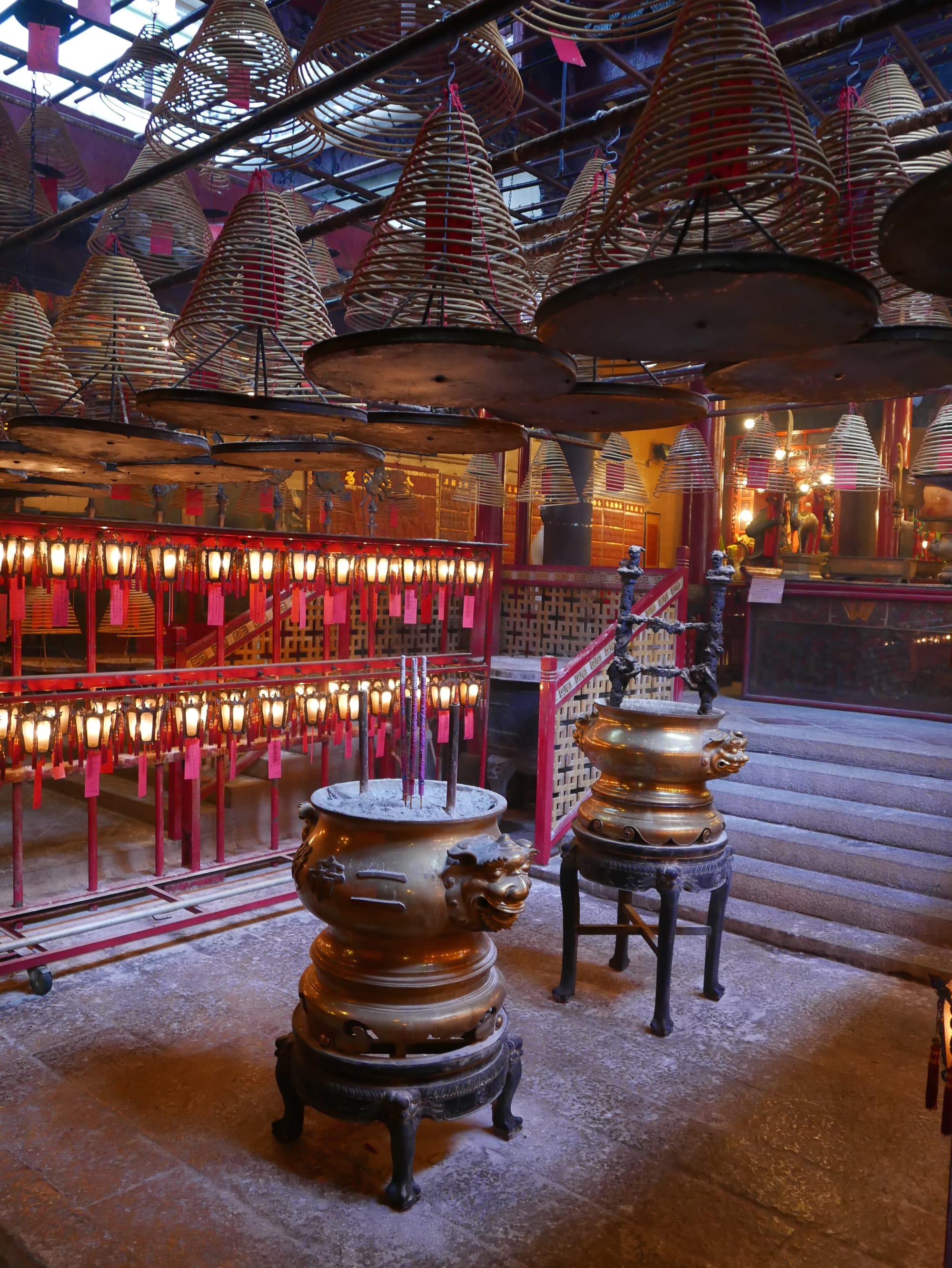
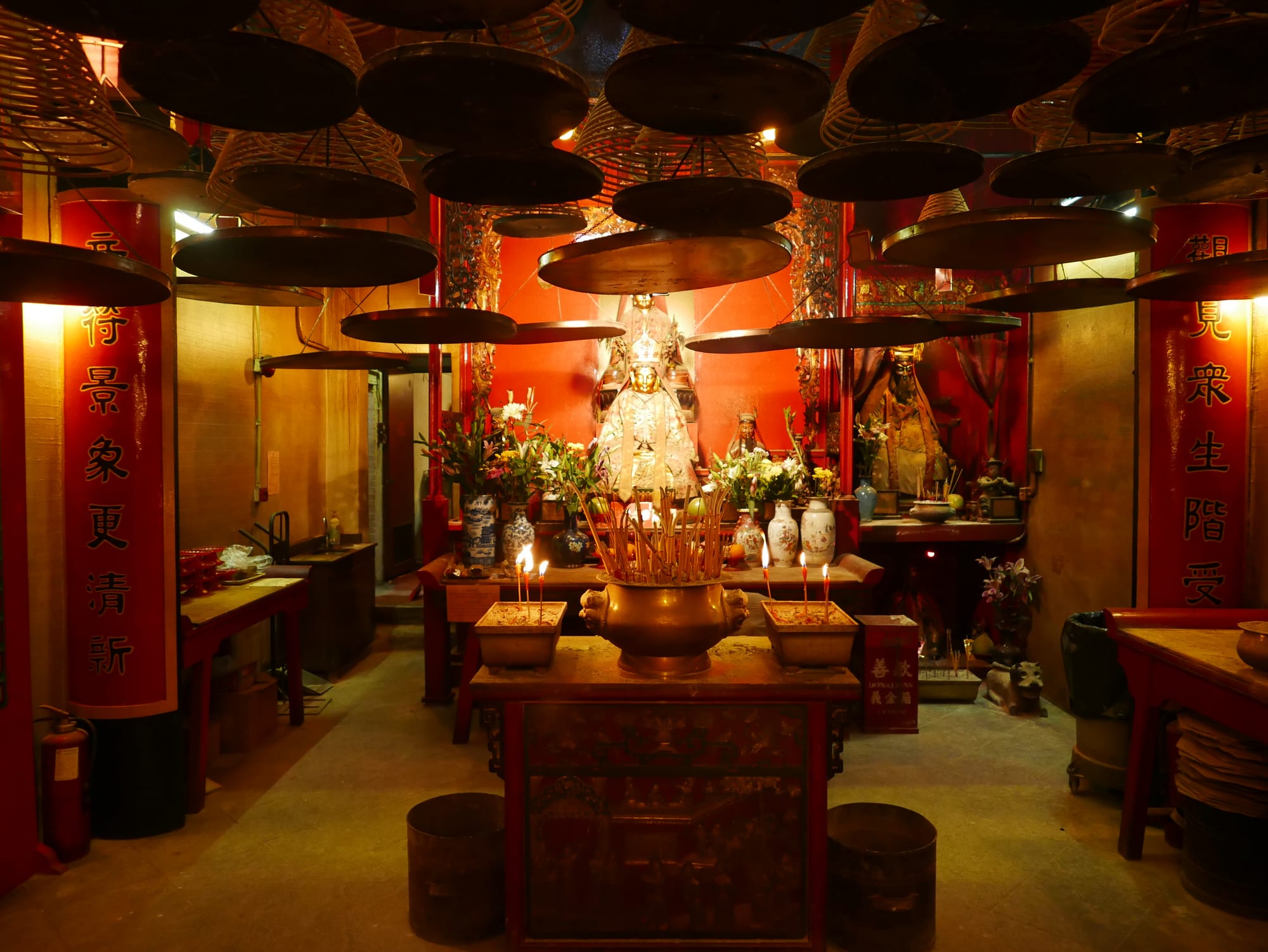
The Man Mo Temple 文武廟 was small, but it was packed with history and things to look at. A stunning place.
FourSquare: Man Mo Temple 文武廟
